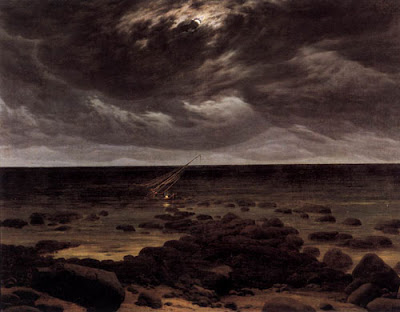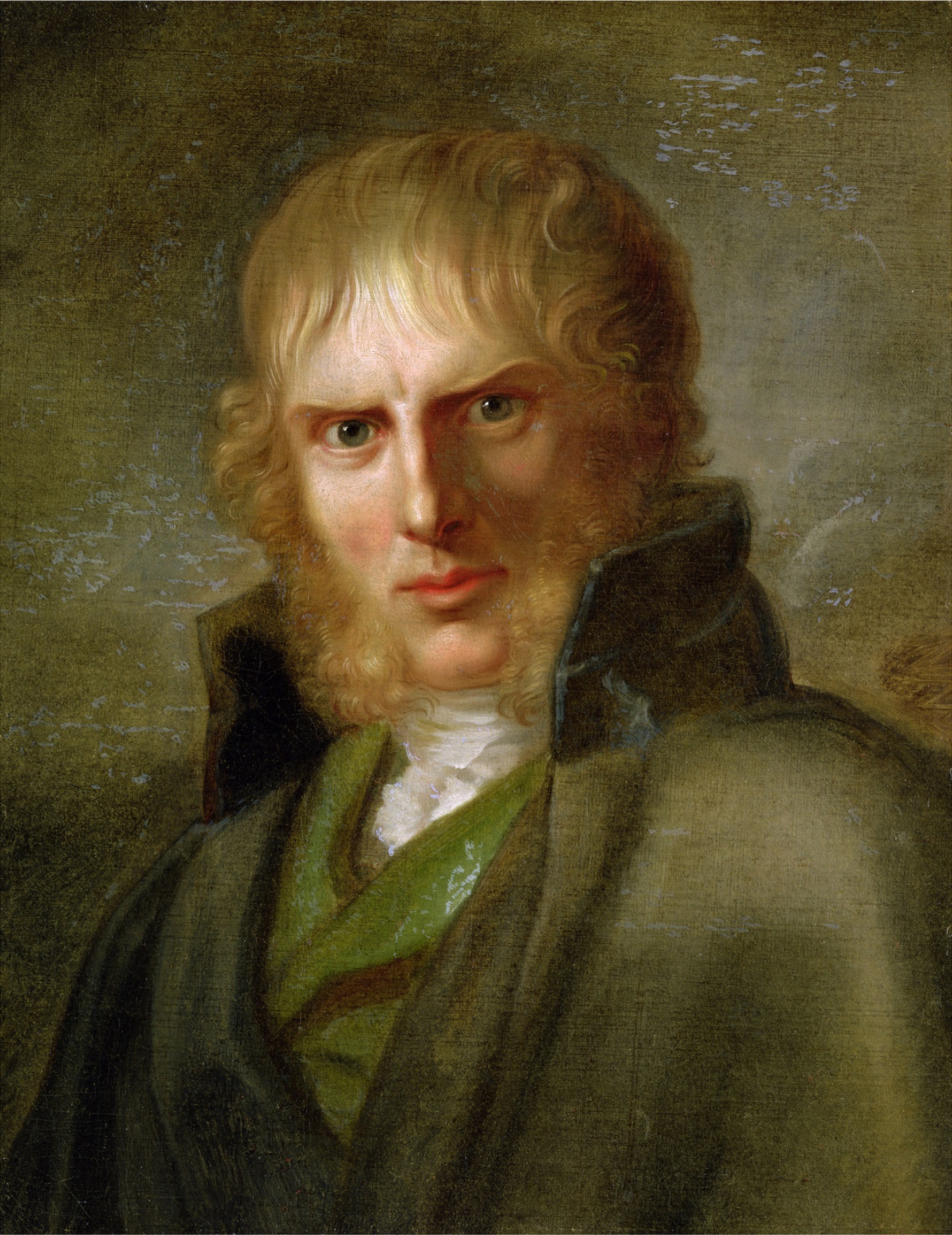Thursday, August 13, 2009
Writing As Material Practice
- Defining ‘Writing’: How do we know when writing is ‘writing’? Is this category appropriate for characterising past forms of graphical symbolic expression?
- Scribal Technology: How do materials, tools and technological choices relate to the expression and meaning of writing?
- Inscribed Object Worlds: How does the substance, surface, shape or size of an object inform the expression and meaning of writing thereon?
- Writing as Embodied Practice and Performance: How does the physical expression of writing inform physical and sensory engagements?
- Methodology: What practice- and materials-based methods can be developed for the study of past writing, from documentation during excavation, analysis, interpretation and publication, to teaching and learning?
Human Nature: Justice vs. Power
Noam Chomsky debates with Michel Foucault
Transcript, 1971
http://www.chomsky.info/debates/1971xxxx.htm
Transcript, 1971
http://www.chomsky.info/debates/1971xxxx.htm
Wednesday, August 12, 2009
Phenomenology
'As envisioned by Husserl, phenomenology is a method of philosophical inquiry that rejects the rationalist bias that has dominated Western thought since Plato in favor of a method of reflective attentiveness that discloses the individual’s “lived experience.” Loosely rooted in an epistemological device, with Sceptic roots, called epoché, Husserl’s method which entails the suspension of judgment while relying on the intuitive grasp of knowledge, free of presuppositions and intellectualizing. Sometimes depicted as the “science of experience,” the phenomenological method is rooted in intentionality, Husserl’s theory of consciousness (developed from Brentano). Intentionality represents an alternative to the representational theory of consciousness which holds that reality cannot be grasped directly because it is available only through perceptions of reality which are representations of it in the mind. Husserl countered that consciousness is not “in” the mind but rather conscious of something other than itself (the intentional object), whether the object is a substance or a figment of imagination (i.e. the real processes associated with and underlying the figment). Hence the phenomenological method relies on the description of phenomena as they are given to consciousness, in their immediacy.'
-from Wikipedia
more...
-from Wikipedia
more...
OrangeFlowerBlueWall
Tuesday, August 11, 2009
New Piece Sent To Auction In Vermont
The name of this piece is:

My tears dream of evaporating into a cloud so they can travel across the world and fall down upon your cheek some rainy day in Tuscany.
I made it last weekend for an auction that my friend Christy is hosting in Vermont. She's starting up a new artist studio collective and the auction is a fundraiser.
I consider the piece to be a sculpture, the frame being part of it.
I made the drawings in 2003 while I was studying in Tuscany... they are Italian clouds...
The important thing is the relationship between the image and the text. The space between them, and the intimacy. And this within the ordered system of the Arrangement and the Frame.
Monday, August 10, 2009
Caspar David Friedrich
September 5, 1774 - May 7, 1840
One of the central figures of German Romanticism

Seashore with Shipwreck by Moonlight
(1825-1830)

Portrait of Caspar David Friedrich, c. 1810-20
by Gerhard von Kügelgen (1772-1820)
This Dude was intense.
I recently discovered the painting The Sea Of Ice, which I've also seen translated as Shipwreck (Polar Sea).
The image was a part of my daily visual landscape for about a week before I realized it was a painting. My glance had been reading it as a contemporary installation, some kind of set. A dramatic, other-worldly scene. -- As a painting it is a very different animal, and as a painting created in the 1820's... it blows my mind. The sensibility seems so contemporary: The solidity, geometry, broken bits, jagged edges.
Analogy
"Analogia, or ana/logos, signifies 'according to due ratio' and 'according to the same kind of way.' Analogon, then is the proportion or similarity that exists between two or more apparently dissimilar things: like the tensile harmony that Parmenides maintained fitted together fire and earth, or Empedocles believed conjoined love and hate, or Anaxogoras thought tied the visible to the invisible realm. Both ancient and modern, its figures of reconciliation expressed how self could relate to others, how human beings might exist in reciprocity with society or in harmony with nature.
With Plato, Aristotle, the Neoplatonists, Aquinas, Kant, Mill, Nietzsche, Heidegger, and the late Wittgenstein, this elastic knot of unity assumed a wider epistemological meaning than numerical equidistance and logical symmetry. It emerged as a form of dialectics attempting to bridge the seen and the unseen, the known and the unknown. Proportionality, or the like and reciprocal relation between two proportions, is distinct from mere identity, the illusion of full adequacy in the explication of one term by means of another."
-Barbara Maria Stafford, Visual Analogy, p8
Elective Affinities
by Johann Wolfgang von Goethe
- Barbara Maria Stafford, Visual Analogy, p19
Subscribe to:
Posts (Atom)


